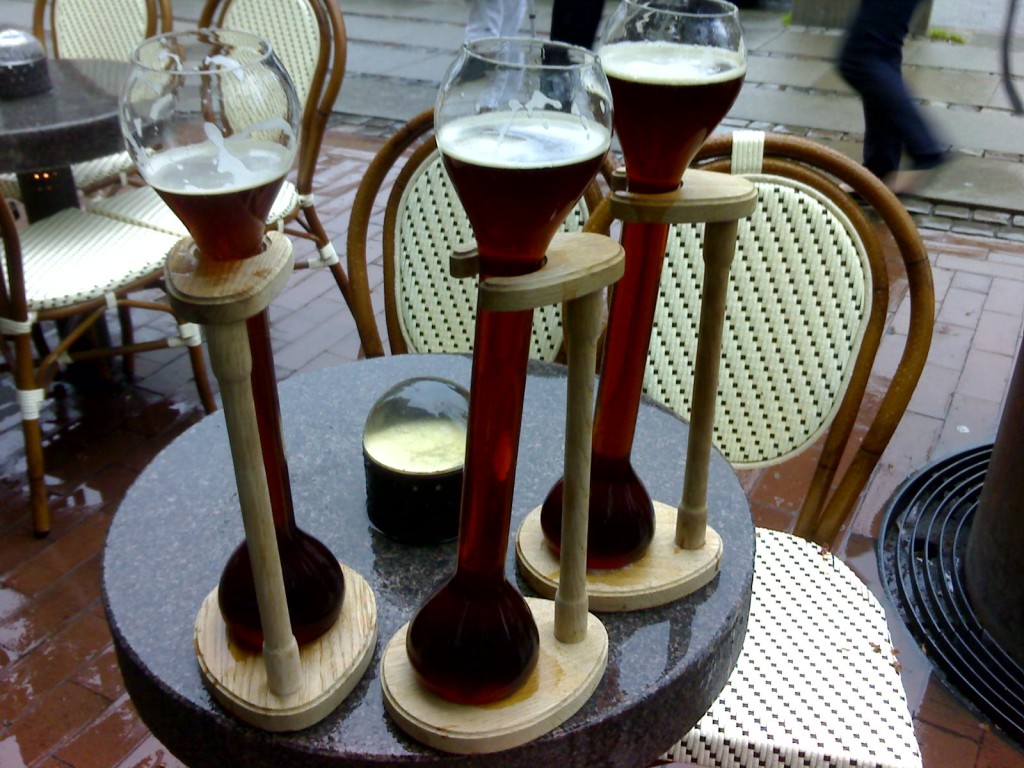I could see that.
No beer? No garrison
It was long believed that the 14th century Raseborg Castle in western Uusimaa was permanently deserted in 1553 because it had outlived its usefulness as a fortress. Newly discovered documents now show that it was briefly reoccupied three years later, only to be abandoned once again when a cellar collapsed, destroying its supply of beer.

1553 is the date that the history books record as the last year that Raseborg (Raasepori in Finnish) Castle was occupied and then left to fall into ruin. This was in part due to a shift in geopolitical balance with the establishment of Helsinki in 1550, and the fact that rising land had altered the seashore, making the fortress inaccessible by boat.
Newly discovered documents record a short-lived attempt to revive the castle in 1556. It was reoccupied for two years, until during the beginning of May, a portion of the structure collapsed, including the cellar which held its supply of beer.
In the Middle Ages, the loss of a beer cellar was a serious matter.
According to Western Uusimaa Provincial Museum Director Dan Lindholm, the daily beer ration for each inhabitant of a medieval castle was four and a half litres. The quality of the beer was another matter. That depended on social status. The castle bailiff quaffed a strong, full-bodied brew, while lowly workers made do with something reminiscent of modern-day pilsner.
A team of archaeologists will be returning to Raseborg Castle this summer and amateur volunteers are being welcomed to take part in the excavations.
“This is a unique opportunity for anyone interested in archaeology. In the Middle Ages, Raseborg was a centre for long distance travellers and a far more important place than we can now imagine. The grounds have not been worked over and have been more or less left untouched,” says Lindholm.
This summer’s dig at Raseborg Castle is being organized by the Western Uusimaa Provincial Museum in cooperation with the Hanko Summer University and the University of Helsinki.

